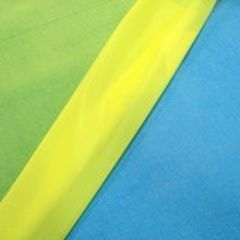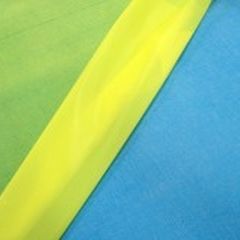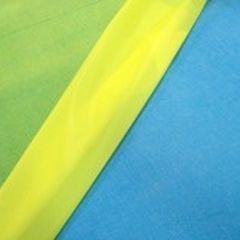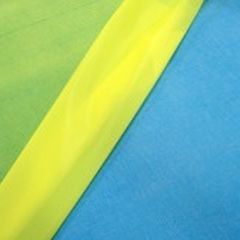
Epoxy adhesive Cordux™ 654for aeronauticsfor bonding
Add to favorites
Compare this product
fo_shop_gate_exact_title
Characteristics
- Chemical composition
- epoxy
- Product applications
- for aeronautics, for bonding
Description
Cordux™ 654 is a disposable backing material which is used for cell stabilisation and vacuum clamping of honeycomb during machining operations. It consists of strong kraft paper, coated on one side with a thin film of thermoplastic, modified epoxy resin. The film is dry and non-tacky at temperatures up to 30°C but as a precaution against storage or transit conditions exceeding that temperature, polythene interleaving is incorporated in the roll of film.
Features
Rapid application and removal
Suitable for either metallic or non-metallic honeycomb
No time limit on useable life
Low cost
Compatible with most epoxy resin structural adhesives
Form
Cordux™ 654 is supplied as a continuous roll, 48 metres long and 1.25 metres wide. The film is available in 180 gsm ±18 gsm or 250 gsm ±18 gsm.
Instructions For Use
Application
1. Cut to size, allowing sufficient overlap for manipulation.
2. Remove polythene interleaving, then place resin side of material in contact with honeycomb cell ends.
3. Apply heat and light pressure. Typically, a heated press platten is used but a domestic iron, although slower, is equally effective. Temperatures of 120°C for non-metallic and 140°C for metallic honeycomb are recommended and a pressure of less than 35 N/m2 (5 lb/in2) is required.
4. Maintain heat until the resin has softened and flowed against the honeycomb cell walls (approximately 1 minute at 120°C).
5. Maintain light pressure while cooling to below 80°C. This can be achieved by placing a cold, metal plate on top of the assembly. The cooling rate is not critical.
Catalogs
No catalogs are available for this product.
See all of I MA TEC SRL‘s catalogsRelated Searches
- Adhesive
- Aeronautic adhesive
- Epoxy adhesive
- Bonding adhesive
- Metal adhesive
- Plastic adhesive
- Glass adhesive
- Two-component adhesive
- Composite adhesive
- Aeronautic honeycomb
- Aeronautic prepreg
- Prepreg
- Resin prepreg
- Viscosity adhesive
- Aluminum honeycomb
- Single-component adhesive
- Epoxy resin prepreg
- Carbon fiber prepreg
- Aramid paper honeycomb
- Fiberglass prepreg
*Prices are pre-tax. They exclude delivery charges and customs duties and do not include additional charges for installation or activation options. Prices are indicative only and may vary by country, with changes to the cost of raw materials and exchange rates.









